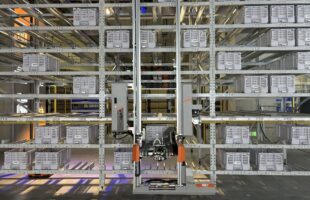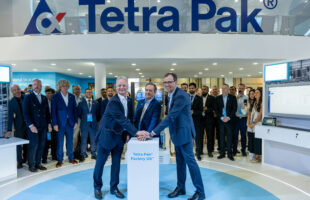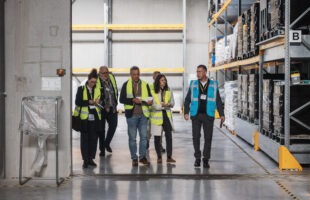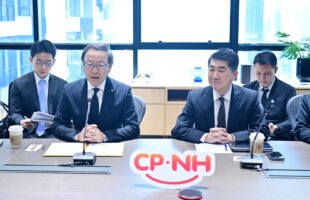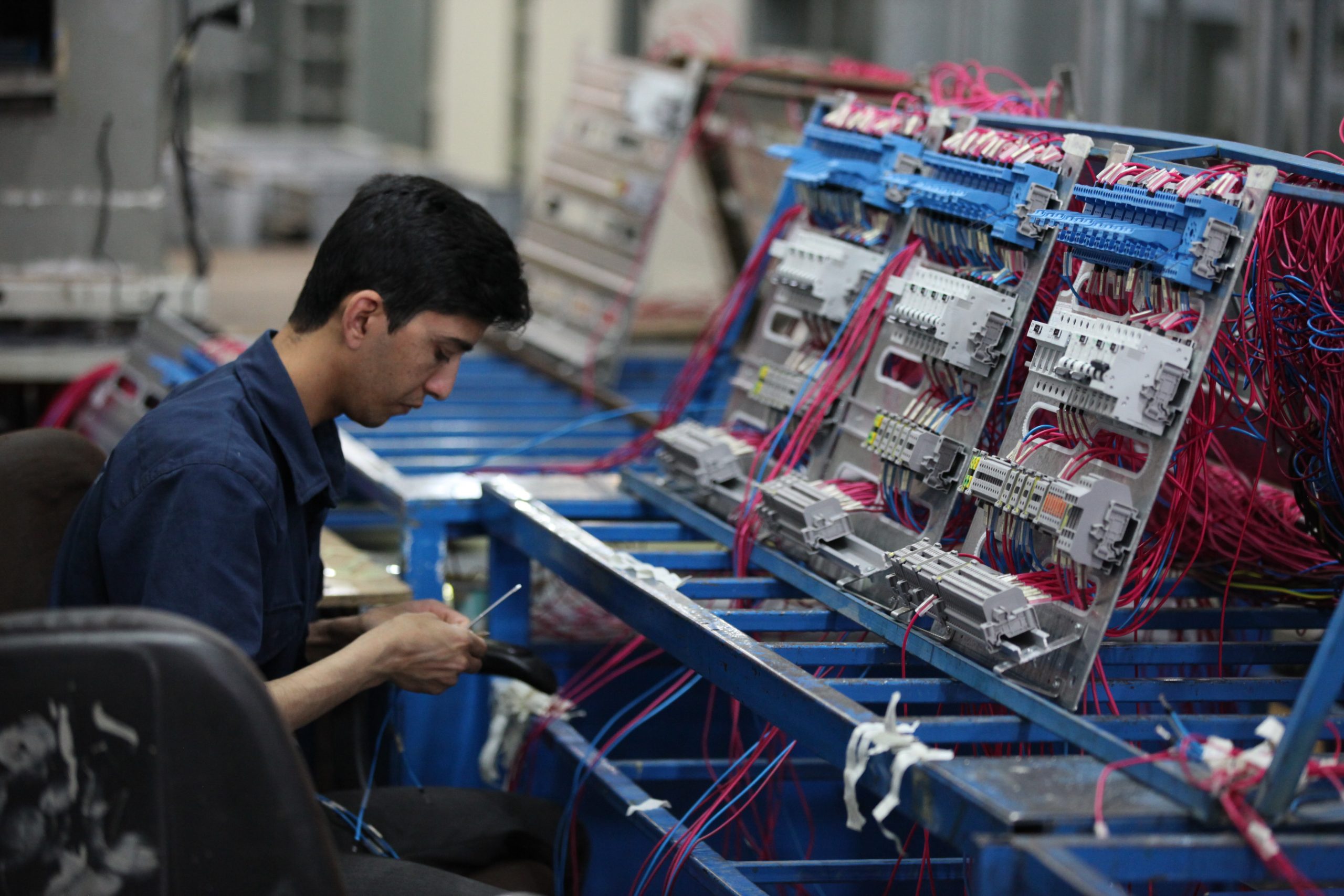
Shoeib Abolhassani/Unsplash
Nescafé’s Toluca Complex, the largest production facility for the brand has integrated Schneider Electric’s EcoStruxure™ Asset Advisor software. This program allows engineers and staff to remotely monitor electrical equipment, ensuring that issues are resolved proactively.
This particular facility produces 1 million jars of soluble coffee per day, so service continuity is vital to its operations. The Asset Advisor software helps avoid costly disruptions, with workers spending more time optimising systems rather than fixing issues. Predictive maintenance is promoted, rather than reactive maintenance, which is what Nescafé was doing prior.
In the past, there were about 8 unplanned shortages, with one short-circuit causing a 14-hour shutdown of the plant. This led to costs amounting to $588,000.
Frédéric Godemel, Executive Vice President for Power Systems and Services at Schneider Electric said: “We’ve been seeing strong Services growth in our business, and we understand the importance of mission-critical systems and how it is non-negotiable for major production operation like the Toluca complex. With our EcoStruxure software, we are committed to providing customers like Nescafé greater visibility, increased resilience, and flexibility to improve their operational efficiency without the added costs and strain on the environment, and ultimately seen as the go-to-services expert in critical industries.”
Luis Gilberto López Páez, electricity specialist in Nestlé Toluca Cafés said: “With a plant as large as Nestlé Nescafé, ensuring reliability of all the electrical systems is a particularly involved task. Across our operational network, we have been deploying flexible and scalable digital solutions to enhance our responsiveness, and the move to partner Schneider Electric was a natural one – having already collaborated in our production facilities in France and Switzerland. Since deployment, EcoStruxure Asset Advisor has allowed us to identify hot spots and attack them before they become a problem – saving us costly downtime, greatly enhancing our ability to respond quickly to changes in demand and ultimately better service our customers and reduce our operational carbon footprint.”



